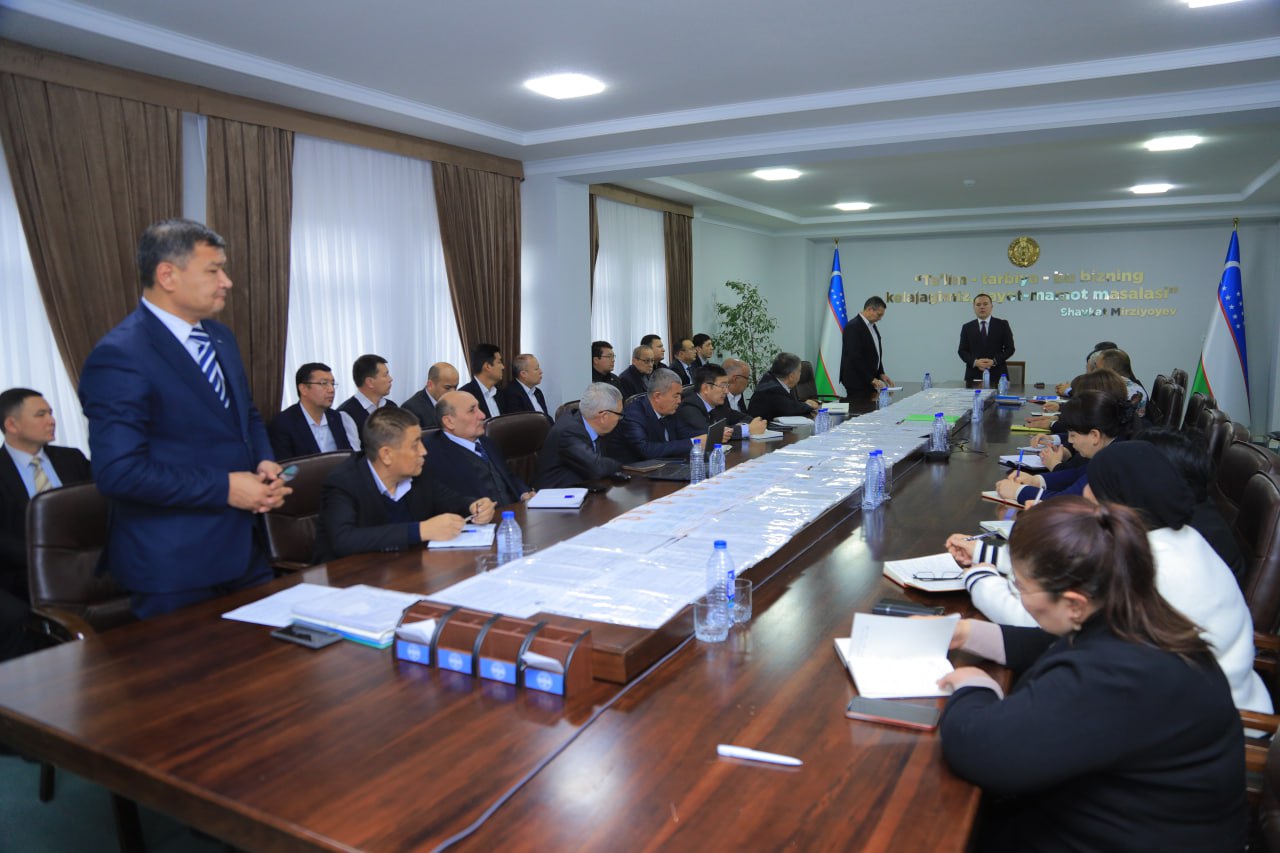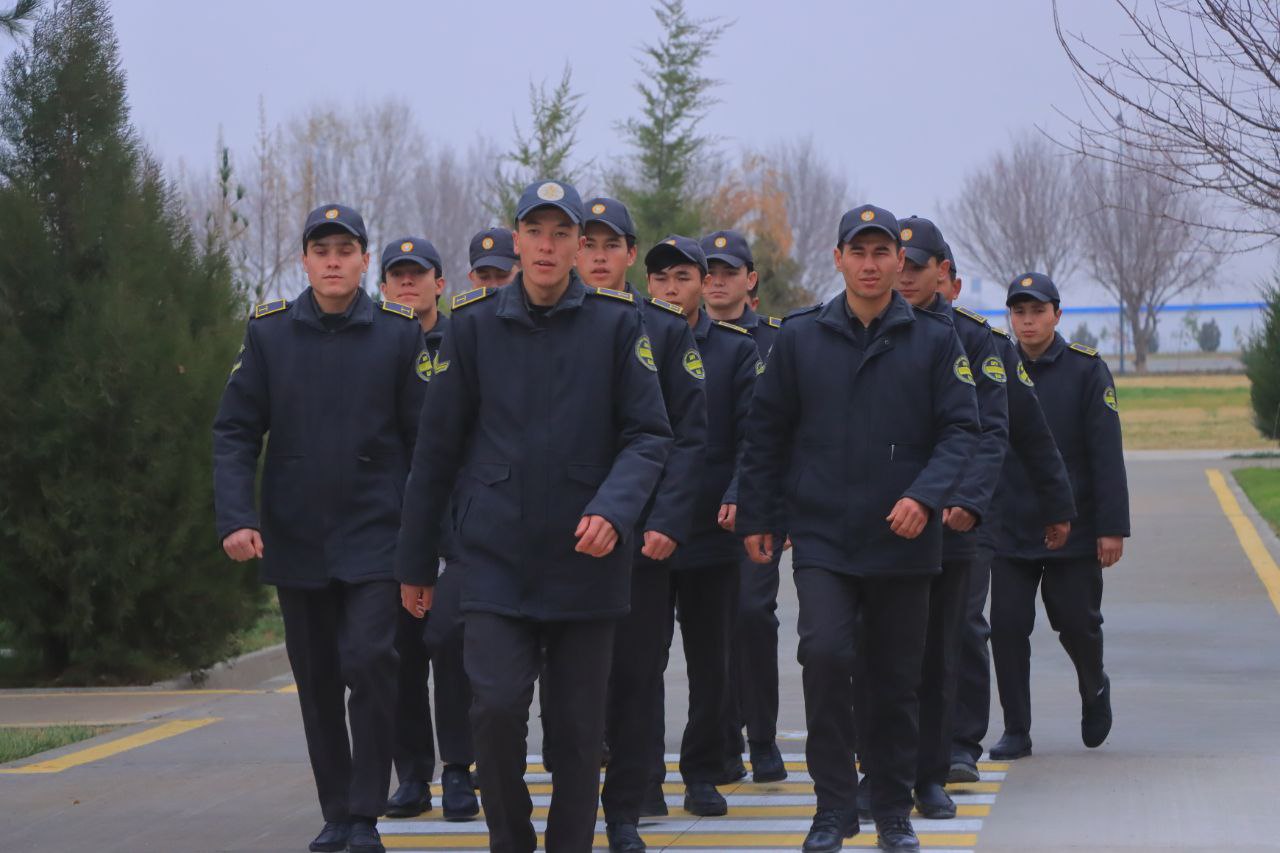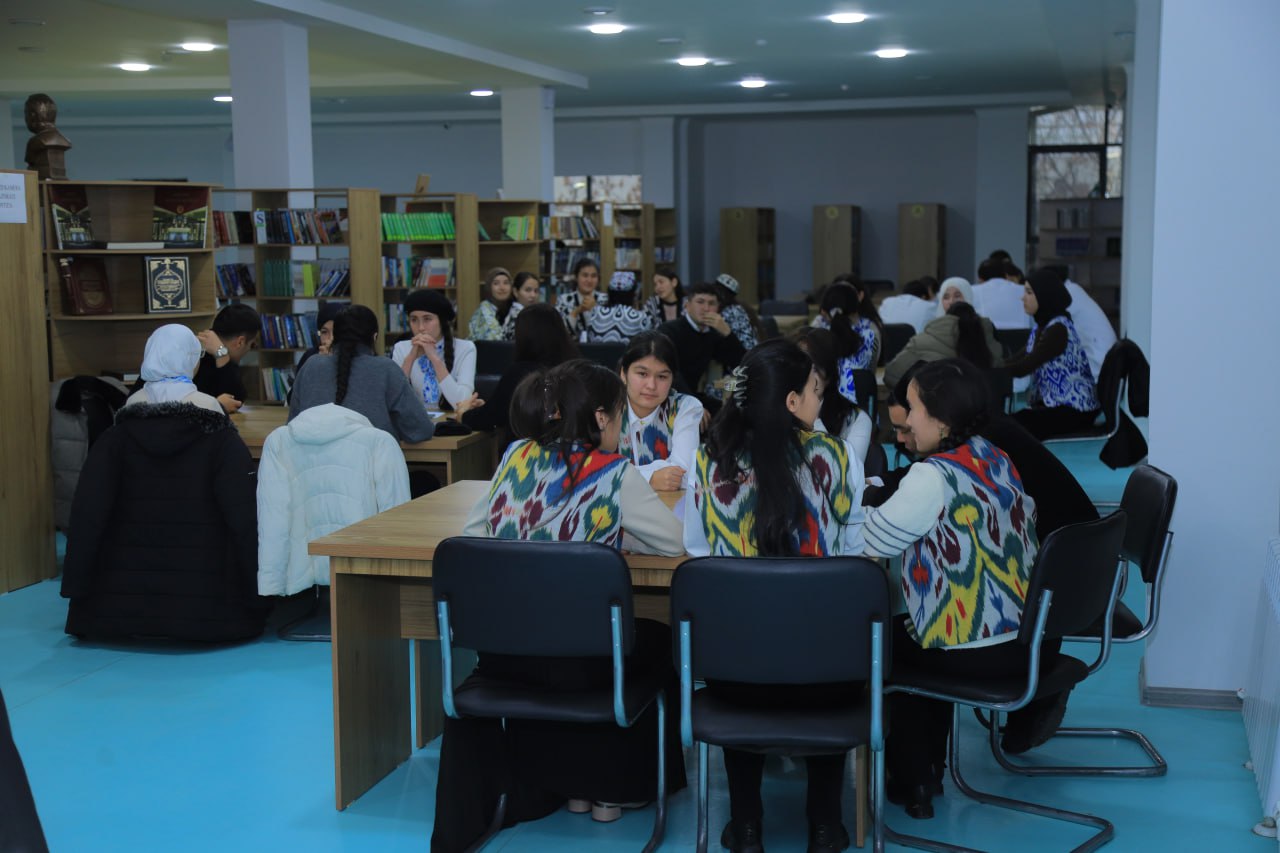Xo’jayev Allayor Maxmudjon o’g’li.
Teacher of Jizzakh state pedagogical university
Abstract
When teaching computer science, basically the same teaching methods are used as for other school subjects, having, however, their own specifics. The teaching method is a way of organizing joint activities of teachers and students to achieve learning goals. Methodical technique (synonyms: pedagogical technique, didactic technique) is an integral part of the teaching method, its element, a separate step in the implementation of the teaching method. Each teaching method is implemented through a combination of certain didactic techniques. The variety of methodological techniques does not allow them to be classified, however, it is possible to distinguish techniques that are quite often used in the work of a computer science and ICT teacher. For example:
- showing (a visual object in nature, on a poster or computer screen, practical action, mental action, );
- posing a question;
- issuing a task;
Teaching methods are implemented in various forms and with the help of various learning tools. Each of the methods successfully solves only some specific learning tasks, while others are less successful. There are no universal methods, so a variety of methods and their combination should be used in the lesson.
In the structure of the teaching method, the target component, the active component and the means of teaching are distinguished. Teaching methods perform important functions of the learning process: motivational, organizing, teaching, developing and educating. These functions are interrelated. The choice of the training method is determined by the following factors:
- didactic goals;
- the content of the training;
- the level of development of students and the formation of educational skills;
- experience and level of teacher
According to didactic purposes, teaching methods are divided into methods of acquiring new knowledge, methods of forming skills and applying knowledge in practice, methods of monitoring and evaluating knowledge, skills and abilities.
The classification of teaching methods proposed by academician Y.K.Babansky is based on a cybernetic approach to the learning process and includes three groups of methods: methods of organizing and implementing educational and cognitive activity; methods of stimulating and motivating educational and cognitive activity; methods of monitoring and self‐monitoring the effectiveness of educational and cognitive activity. Each of these groups consists of subgroups, which include teaching methods according to other classifications. Classification according to Y.K.Babansky considers in unity the methods of organizing educational activities, stimulation and control. This approach allows us to holistically take into account all the interrelated components of the activities of teachers and students.
Here is a brief description of the main teaching methods.
Explanatory and illustrative, or information‐receptive teaching methods, consist in the transmission of educational information in a ready‐made form and the perception (reception) of its students. The teacher not only transmits information, but also organizes its perception.
Reproductive methods differ from explanatory and illustrative ones by the presence of an explanation of knowledge, memorization by students and subsequent reproduction (reproduction) of them. The strength of assimilation is achieved by repeated repetition. These methods are important in developing keyboard and mouse skills, as well as in teaching programming.
With the heuristic method, a search for new knowledge is organized. Part of the knowledge is provided by the teacher, and part of the students get themselves in the process of solving cognitive tasks. This method is also called partially‐search.
The research method of teaching consists in the fact that the teacher formulates the task, sometimes in a general way, and students independently acquire the necessary knowledge in the course of its solution. At the same time, they master the methods of scientific knowledge and research experience.
Problem-based learning is a very effective method for developing students’ thinking. The problem arises only when there is a contradiction. It is the presence of contradiction that creates the problem. If there is no contradiction, then this is not a problem, but just a task. If the teacher in the classroom will show, create contradictions, then he will apply the method of problem-based learning.
A story is a consistent presentation of educational material of a descriptive nature. Usually the teacher tells the story of the creation of computers and personal computers, etc. Explanation is the presentation of the material using evidence, analysis, explanation, repetition. This method is used when studying complex theoretical material using visual aids. For example, the teacher explains the device of the computer, the operation of the processor, the organization of memory. Conversation is a method of teaching in the form of questions and answers. Conversations can be: introductory, final, individual, group, catechetical (in order to check the assimilation of educational material) and heuristic (search). For example, the conversation method is used when studying such an important concept as information. However, the application of this method requires a lot of time and a high level of pedagogical skill of the teacher.
A lecture is an oral presentation of educational material in a logical sequence. It is usually used only in high school. Visual methods provide a comprehensive, imaginative, sensory perception of educational material. Practical methods form practical skills and have high efficiency. These include: exercises, laboratory and practical work, project execution.
A didactic game is a type of educational activity that models the studied object, phenomenon, process. Its purpose is to stimulate cognitive interest and activity. The game prepares the child for work and learning. Educational games create a game situation for the development of the creative side of intelligence and are widely used in teaching both younger and older students.
Block‐modular training is a method of teaching when the content of the educational material and its study are formed in the form of independent completed blocks or modules to be studied for a certain time. It is usually used in universities together with the rating system of knowledge control. In high school, modular training allows students to build an individual trajectory of mastering information technology by completing specialized courses from a set of modules. Methods of control in teaching computer science (their role, functions in the learning process). Control methods are mandatory for the learning process, as they provide feedback, are a means of correcting and adjusting it. Control functions:
Educational: this is showing each student his achievements in work; encouraging him to take a responsible attitude to learning; fostering diligence, understanding the need to work systematically and perform all kinds of educational tasks. This function is of particular importance for younger schoolchildren who have not yet formed the skills of regular academic work.
Teaching: deepening, repetition, consolidation, generalization and systematization of knowledge during control; identification of distortions in the understanding of the material; activation of students’ mental activity.
Developing: the development of logical thinking during control, when the ability to recognize a question is required, to determine what is the cause and effect; the development of skills to compare, compare, generalize and draw conclusions; the development of skills in solving practical tasks.
Diagnostic: showing the results of teaching and upbringing of schoolchildren, the level of formation of skills and abilities; identifying the level of compliance of students’ knowledge with the educational standard; identifying gaps in learning, the nature of errors, the amount of necessary correction of the learning process; determining the most rational teaching methods and directions for further improvement of the educational process; reflecting the results of the teacher’s work, identifying shortcomings in his work, which contributes to the improvement of the teacher’s pedagogical skills. The following types of control are used in the school: preliminary, current, periodic and final. Control methods: oral survey, written survey, control work, homework check, test control, rating control. Assessment is the process of comparing students’ knowledge, skills and abilities with the reference ones recorded in the curriculum. The assessment takes place during the control procedure. A mark is a conditional quantitative measure of an assessment, usually expressed in points. In broad usage, grades and marks are often not shared. Teachers usually also use various formal and informal ways of evaluating certain actions of a student, for example, remark, praise, exclamation, facial expressions, gestures. At the same time, the mark is always set in points.
The Russian school has practically adopted a four-point scale of marks, although by inertia it is still called a five-point scale. Other scales of marks are also widely used abroad.
Assessment functions:
- notifying the student about the level of his knowledge and the degree of compliance with the standard;
- informing about academic successes and failures;
- expression of the teacher’s general judgment about the student;
- stimulating active learning
By evaluating the student’s actions, we influence his intellectual and volitional spheres, form personality qualities. An important result of the assessment is the formation of one or another level of the student’s claims. The success or failure of educational activity is determined not so much by the self-esteem of the child, as by the evaluative impact of the teacher, students in the classroom, parents. All this affects the formation of the level of the child’s claims.
Evaluation methods:
Normative – based on the requirements of the educational standard and program requirements. This method is usually used by didactic scientists, and only in recent years it has begun to be used in school.
Comparative – comparing with the actions, knowledge, skills and abilities of other students, i.e. in comparison. It is most often used by teachers and parents.
Personal – comparing with the past actions, knowledge, skills and abilities of the same student in the past. This method is rarely used in our school.
REFERENCES
- Maleva A. General methods of teaching computer science. Voronezh: VSPU, 2005.271 pp .
- Semakin G., Sheina T.Yu. Teaching the basic course of computer science in secondary school. Methodical manual. M.: LBZ, 2000. 496 p.
- Sofronova V. Theory and methodology of teaching computer science. Moscow: Higher School,2004. 223 p.
- Raxmatov A., Raxmonkulov F., O’sarov S. ZAMONAVIY ELEKTRON O’QUV MATERIALLARI TAYYORLASHDA ADOBE CAPTIVATE DASTURIDAN FOYDALANISH //Архив Научных Публикаций – 2020.
- Усмонов М. С., Абдуллаев Х. Б. Интерактивные электронные учебные курсы (ИЭУК) как средство повышения качества образования //Молодой ученый. – – №. 26. – С. 330-333.
- Tangirov X. E., Rakhmonkulov F. P., Raxmatov A. S. О ‘qitishning elektron vositalarini yaratishning asosiy texnologiyalari-Актуальние научние исследования в современном мире: ХІІІ Междунар. научн. конф., 26-27 мая 2016 г., Переяслав-Хмельниский //Сб. научних трудов-Переяслав- Хмельниский. – 2016. – С. 108-112.





